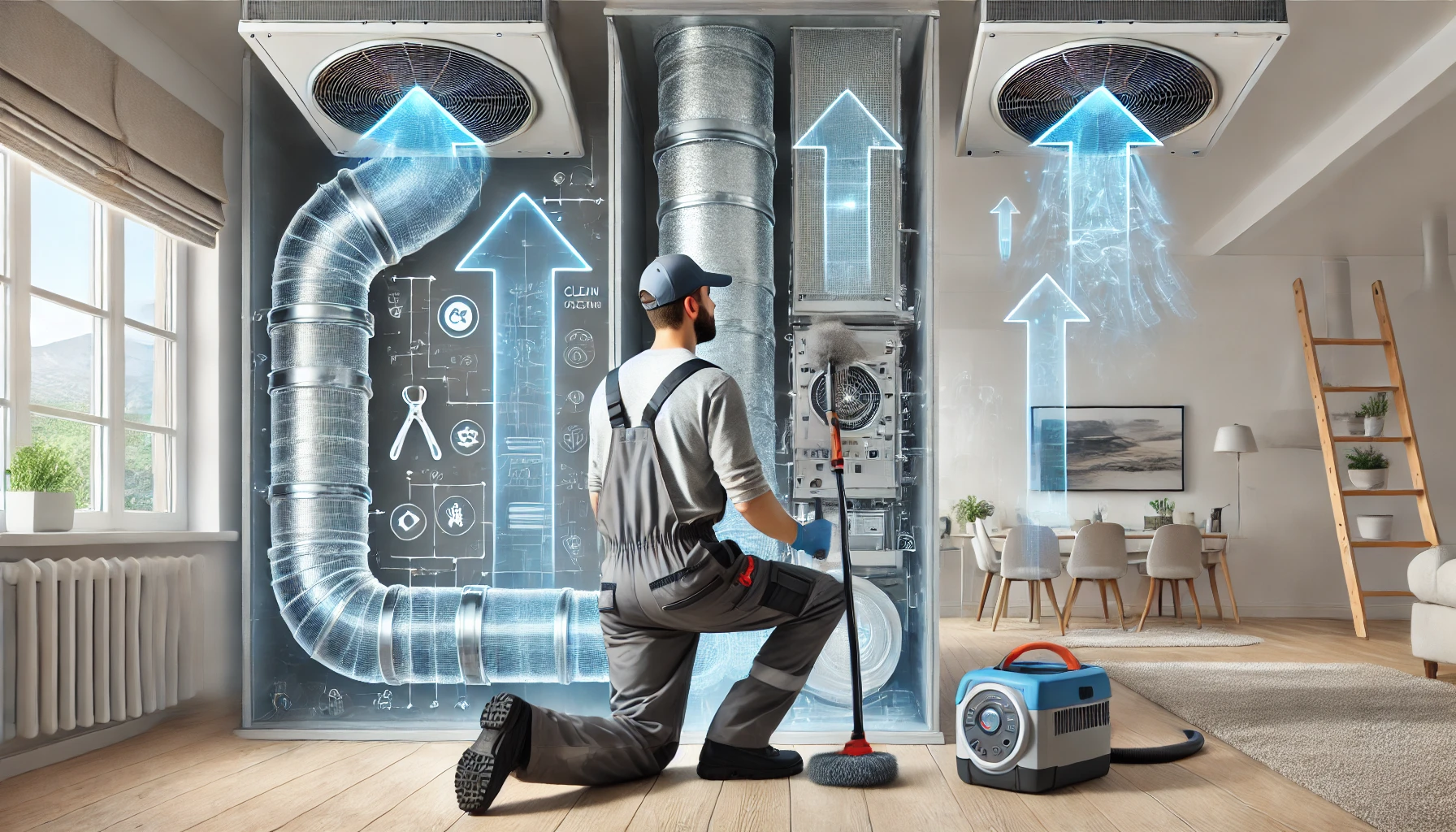Sustainability and energy independence drive the emergence of solar generators as vital solutions for home backup power. Power outages grow increasingly unpredictable, and rising electricity costs make investing in a solar generator a smart choice for homeowners seeking clean, renewable energy and peace of mind. Preparing for emergencies or embracing a greener lifestyle, these generators deliver reliable power without reliance on fossil fuels. Choosing the right solar generator for home use requires careful consideration of essential features. This guide will explore the key aspects to help you select the perfect solar generator for your household.
Understanding Solar Generators for Home Use
Solar generators convert sunlight into electricity using solar panels to capture energy and store it in batteries for later use. This stored energy can be used to power home appliances, and lighting, and even charge electric vehicles during a blackout or off-grid. The core components of a solar generator include solar panels, an inverter (which converts DC energy to usable AC power), and a battery that stores energy for future use. For homeowners, solar generators offer a clean, quiet, and cost-effective alternative to traditional gas-powered generators. With no need for fuel, no emissions, and minimal maintenance, these devices are an excellent long-term investment for those looking to secure reliable backup power while reducing their carbon footprint. But not all solar generators are created equal, so it’s important to know what features matter most.
Battery Capacity: How Much Power Do You Need?
The battery capacity of a solar generator is a critical factor, as it determines how much power the generator can store and deliver during an outage. Battery capacity is measured in watt-hours (Wh), and the larger the capacity, the more energy you have at your disposal. For example, smaller solar generators with capacities of 500-1,000Wh are ideal for charging phones, laptops, and running small appliances for a short period. However, if you want to keep critical household systems like refrigerators, heating, or medical devices running during a power outage, you’ll need a generator with a much higher capacity. When considering battery capacity, think about how long you may need backup power and what devices are essential. A higher-capacity generator can provide longer runtimes and support more demanding appliances, ensuring your home remains functional during emergencies.
Inverter Type: Pure Sine Wave vs. Modified Sine Wave
The inverter in a solar generator converts the DC energy stored in the battery into AC power, which can be used to run household appliances. There are two primary types of inverters: pure sine wave versus modified sine wave.
Why Pure Sine Wave Is Better for Home Appliances
Pure sine wave inverters produce electricity that mimics the smooth, consistent waveforms of grid power. This makes them ideal for sensitive electronics and appliances such as refrigerators, computers, and medical equipment. Pure sine wave generators, like those featured in the Anker SOLIX F3800, ensure your devices run efficiently and without the risk of damage caused by irregular power surges.
Applications of Modified Sine Wave Inverters
Modified sine wave inverters are more affordable but produce a less smooth power output. While they can be sufficient for basic devices like lights or power tools, they may cause interference or even damage sensitive electronics. For home use, especially in emergencies when vital appliances need to run smoothly, investing in a generator with a pure sine wave inverter is the smarter, safer choice.

Energy Efficiency and Solar Input: Maximizing Performance
One of the most important features of any solar generator is its energy efficiency, which refers to how effectively it can convert and store solar energy. Solar input, or how quickly the generator can recharge its batteries using sunlight, is a key consideration, especially for those relying on the sun as their primary energy source. Energy efficiency also extends to the type of battery used. Long-lasting LFP (Lithium Iron Phosphate) batteries, for instance, have a longer life span and higher energy retention compared to traditional lithium-ion batteries, ensuring that your solar generator will provide reliable power for many years. The Anker SOLIX F3800 offers an impressive 10-year product life, backed by a 5-year hassle-free warranty, further enhancing its long-term value.
Portability and Setup: What to Consider for Home Backup Power
While portability may not be the top priority for a home backup system, it’s still worth considering, especially if you live in an area prone to natural disasters or if you have the need to relocate your generator quickly. Larger solar generators, such as the Anker SOLIX F3800, are designed for stationary home use, but they are built with easy setup in mind, offering a plug-and-play design that requires minimal effort to get up and running. For smaller households or those with limited space, portable solar generators provide a compact solution that can be moved between different locations as needed. However, for full-home backup power, a stationary model with expandable capacity and higher wattage is often the more practical choice.
Why the Anker SOLIX F3800 Is a Smart Choice
In considering all of the features above, the Anker SOLIX F3800 Solar Generator offers a comprehensive solution for homeowners. Its powerful 6,000W split-phase output can handle the most demanding home appliances, from refrigerators to HVAC systems. The generator’s expandable capacity, which can scale up to 26.9kWh with additional battery packs, ensures it can meet your energy needs, even during extended outages. Additionally, the Anker SOLIX F3800 is equipped with cutting-edge technology like intelligent energy monitoring via a smartphone app, allowing you to track energy usage, battery levels, and more in real-time.
Conclusion
When it comes to selecting a solar generator for home backup power, the key factors to consider are battery capacity, inverter type, energy efficiency, and ease of setup. A generator with the right combination of these features can provide reliable, clean energy for years to come. If you’re looking for a high-capacity, long-lasting model that can power your entire home during an outage, the Anker SOLIX F3800 Solar Generator stands out as one of the top choices on the market today. With its impressive power, expandable capacity, and user-friendly features, it’s an investment that offers both peace of mind and environmental sustainability.





